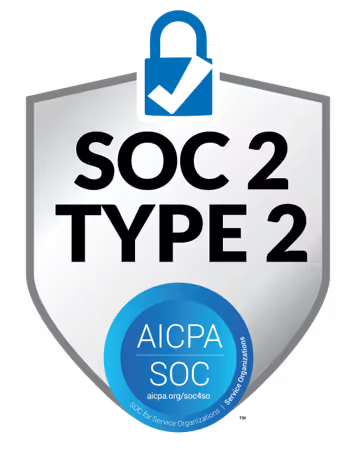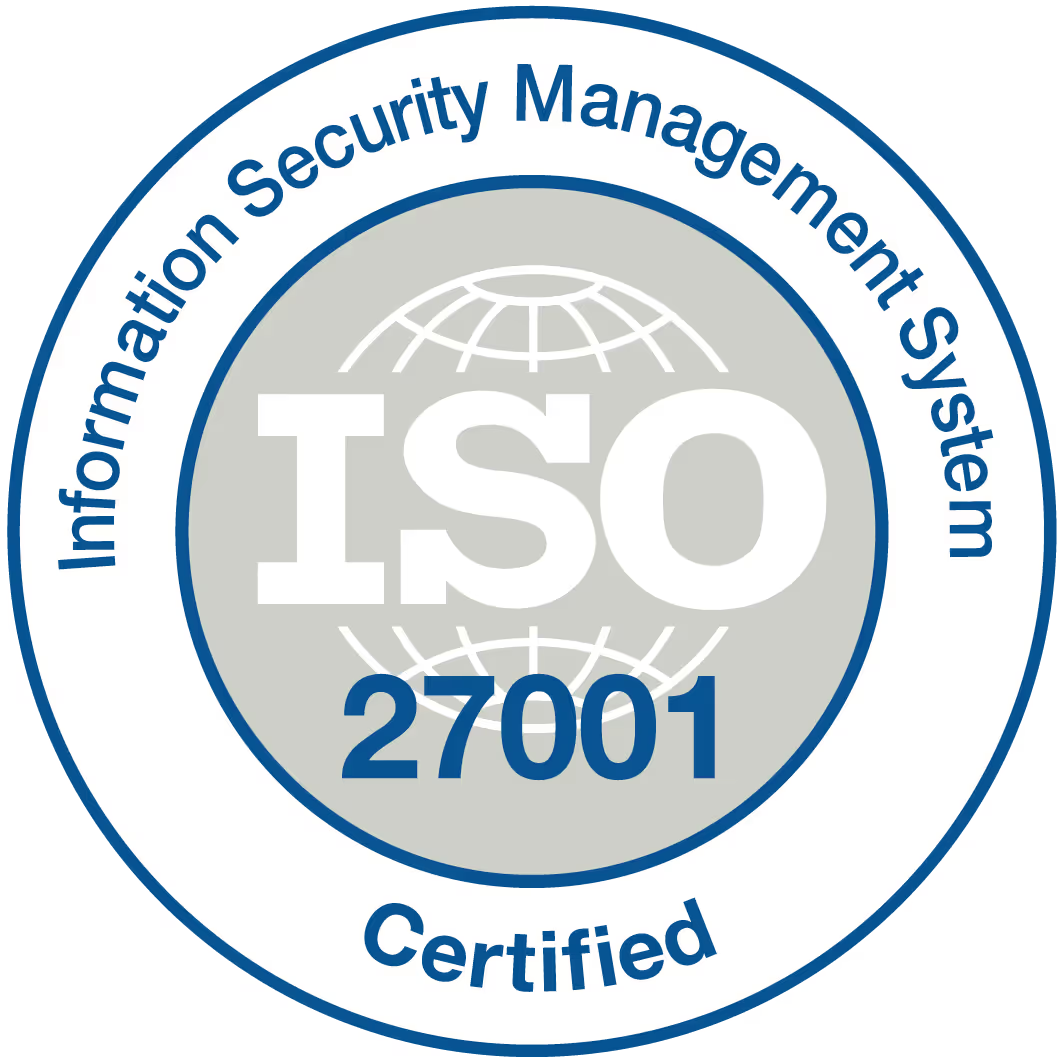
Singapore Net Zero: Climate Goals Achieved!
Singapore, a small island nation with big ambitions, has set its sights on achieving net zero emissions by 2050 as part of its climate action to meet climate targets. This commitment aligns with the sustainable development agenda and the global push for decarbonisation. Recognising the global challenge of the energy crisis and the urgent need to address climate change and transition to a sustainable future, Singapore has embarked on an ambitious journey towards decarbonisation. This includes exploring green finance options to support the transition to a low-carbon economy. The government has outlined concrete targets and measures in its Green Plan to accelerate climate action, aiming to reduce greenhouse gas emissions and increase the share of renewable energy in the power sector. This plan reflects the country's climate ambition and commitment to decarbonisation, aligning with the national agenda. One of the measures being considered in Singapore is the implementation of a Carbon Tax to help achieve climate targets and reduce emissions. This green finance initiative aims to address the energy crisis and promote sustainable practices. One of the measures being considered in Singapore is the implementation of a Carbon Tax to help achieve climate targets and reduce emissions. This green finance initiative aims to address the energy crisis and promote sustainable practices.
To reach its net zero goal and meet its NDC target, Singapore is implementing various policies such as carbon pricing through a carbon tax and exploring alternative energy sources like hydrogen to create domestic pathways towards a fair share of emissions reduction. The country is also focusing on decarbonising key sectors such as industry and transportation while promoting green finance initiatives to meet its domestic pathways and achieve its ndc target. This includes implementing policies that encourage companies to adopt sustainable practices. International cooperation plays a crucial role in Singapore's approach to meeting its low carbon goals, as it recognises the global nature of the challenge at hand. This is why companies and policies are aligned with the country's NDC target.
With its firm actions and commitment to sustainability, Singapore serves as a shining example of how companies and nations can contribute to mitigating climate change and achieving long-term low carbon goals, in line with the NDC target.
Singapore's Green Plan 2030: A Roadmap to Net Zero
Overview of Singapore's Comprehensive Plan for Sustainable Development
Singapore has set its sights on achieving net zero emissions and has developed a comprehensive plan known as the Green Plan 2030. The plan includes the implementation of a carbon tax to incentivize companies to reduce their carbon emissions and meet the country's NDC targets for low carbon. The plan includes the implementation of a carbon tax to incentivise companies to reduce their carbon emissions and meet the country's NDC targets for low carbon. This ambitious roadmap outlines the strategies and measures that companies will implement to ensure sustainable development and meet their NDC targets. These strategies include adopting low carbon practices and potentially facing a carbon tax in order to reduce emissions. The Green Plan 2030 highlights Singapore's commitment to combat climate change and contribute to global efforts in addressing this pressing issue. It aims to achieve the country's ndc target, promote low carbon practices, and explore the implementation of a carbon tax for companies.
Key Strategies Outlined in the Green Plan 2030
The Green Plan 2030 encompasses a wide range of key strategies that aim to achieve Singapore's net zero goals, including the implementation of a low carbon tax and setting ambitious targets outlined in the Nationally Determined Contributions (NDC). These low carbon strategies are designed to integrate environmental sustainability into various sectors, including energy, transport, waste management, and more. The target is to achieve a low carbon footprint across these sectors. By implementing these strategies, Singapore targets to reduce greenhouse gas emissions significantly and transition towards a low-carbon economy.
One of the primary focuses of the Green Plan 2030 is on enhancing energy efficiency and promoting the use of low carbon and renewable energy sources to achieve our target. The plan includes initiatives such as increasing low carbon solar deployment, exploring innovative clean energy technologies, and improving energy efficiency standards for buildings to meet the target. These measures will not only help reduce carbon emissions but also enhance energy security and resilience, targeting the specific goals.
Another crucial aspect of the Green Plan 2030 is to target transforming Singapore's transportation sector into a low carbon and sustainable one. The plan targets promoting electric vehicles (EVs) by expanding charging infrastructure and providing incentives for EV adoption. It targets to enhance public transportation systems and promote active mobility options such as cycling and walking. These efforts will contribute towards reducing carbon emissions from transportation activities, targeting the desired outcome.
Furthermore, waste management plays a significant role in achieving net zero goals by targeting efficient and sustainable practices. The Green Plan 2030 targets the adoption of circular economy principles by reducing waste generation, increasing recycling rates, and promoting sustainable waste management practices. By doing so, Singapore can minimize its reliance on landfills while maximizing resource efficiency, targeting a more sustainable future.
Integration of Environmental Sustainability into Various Sectors
The Green Plan 2030 targets the integration of environmental sustainability into all sectors of Singapore's economy. It acknowledges that achieving net zero emissions requires a holistic approach and collaboration across different industries. This is why setting a clear target is crucial in driving action towards reducing emissions and working together to achieve a sustainable future. This is why setting a clear target is crucial in driving action towards reducing emissions and working together to achieve a sustainable future. The plan targets specific measures for sectors such as manufacturing, construction, water management, and agriculture to ensure sustainable practices are adopted.
For instance, in the manufacturing sector, the Green Plan 2030 encourages companies to adopt cleaner production methods and technologies. This includes investing in research and development to develop low-carbon solutions and improving energy efficiency in manufacturing processes. By implementing these measures, Singapore can reduce its carbon footprint while maintaining a competitive edge in the global market.
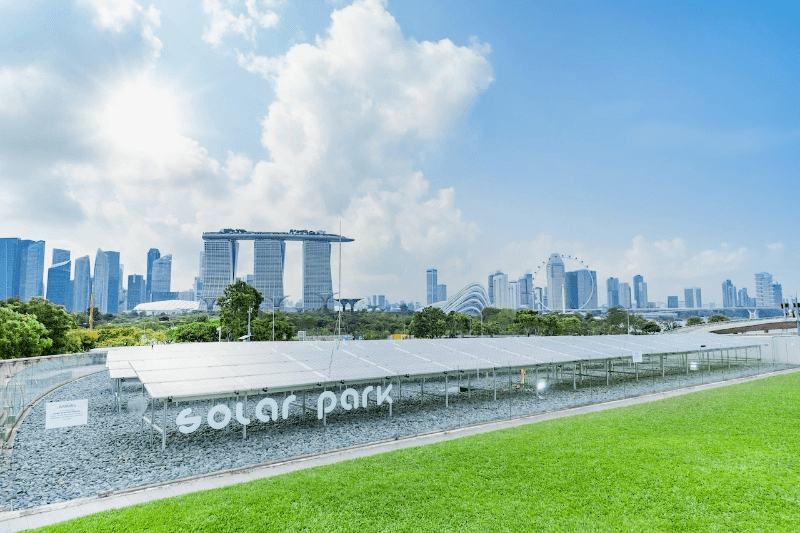
Strengthening Singapore's Resolve for Net Zero: Ambitious Green Plans
Singapore is taking bold and ambitious steps towards achieving its goal of becoming a net-zero emissions city. The Singapore government has laid out comprehensive plans and strategies to tackle climate change, including the implementation of a Carbon Tax. These measures are aimed at transitioning to a sustainable future. Let's delve into the key initiatives that are strengthening Singapore's resolve for net zero.
Green Buildings: Paving the Way for Energy Efficiency
One of the crucial aspects of Singapore's green plan is the focus on constructing energy-efficient buildings. The government aims to transform existing buildings, especially older ones, into greener and more sustainable structures. By implementing energy-saving measures such as efficient lighting systems, better insulation, and smart technologies, Singapore can significantly reduce its carbon footprint. This not only helps in conserving energy but also promotes a healthier living environment for its residents.
Renewable Energy: Harnessing Nature's Power
To achieve net-zero emissions, Singapore recognises the importance of transitioning from fossil fuels to renewable energy sources. The country has set an ambitious target of increasing solar deployment by more than seven times by 2030. By harnessing the power of the sun through solar panels installed on rooftops and floating solar farms, Singapore can generate clean electricity while reducing its reliance on traditional power sources. Exploring other renewable energy options like wind and tidal power further strengthens its commitment to sustainability.
Low-Carbon Transport: Reducing Emissions on the Move
Transportation is a significant contributor to greenhouse gas emissions globally. To address this challenge, Singapore is actively promoting low-carbon transport solutions. The government encourages the adoption of electric vehicles (EVs) by providing incentives such as grants and tax rebates for EV buyers. Furthermore, enhancing public transportation infrastructure with electric buses and expanding cycling networks encourages citizens to opt for greener modes of travel.
Circular Economy: Rethinking Waste Management
Singapore understands that waste management plays a vital role in achieving a sustainable future. The concept of a circular economy is being embraced, aiming to reduce waste generation and maximize resource efficiency. By promoting recycling, reusing materials, and implementing innovative waste-to-energy technologies, Singapore can minimise its environmental impact while creating economic opportunities.
Nature Conservation: Preserving Biodiversity
Preserving biodiversity is crucial for maintaining ecological balance and mitigating climate change. Singapore has committed to protecting and enhancing its natural spaces through various initiatives such as expanding green corridors, creating nature parks, and restoring mangroves. These efforts not only preserve the unique flora and fauna but also provide valuable ecosystem services that contribute to climate resilience.
The Role of Technology in Achieving Singapore's Net Zero Goals
In order to achieve its ambitious net zero emissions targets, Singapore is embracing innovative technologies as a catalyst for change. By leveraging the power of technology, the city-state aims to reduce its carbon footprint and create a sustainable future. Let's explore the key role that technology plays in Singapore's journey towards achieving net zero.
Embracing Innovative Technologies
Singapore recognises that traditional methods alone will not be sufficient to achieve net zero emissions. Therefore, the city-state is actively embracing innovative technologies that can drive meaningful change. These technologies are being implemented across various sectors, including energy, transportation, and waste management.
Deployment of Smart Grids and Renewable Energy Solutions
One key area where technology is making a significant impact is in the deployment of smart grids and renewable energy solutions. Smart grids enable efficient distribution and management of electricity by integrating advanced sensors and communication systems. This allows for real-time monitoring and optimization of energy usage, reducing wastage and promoting sustainability.
Renewable energy solutions such as solar panels and wind turbines are also being increasingly adopted in Singapore. These clean sources of energy help to reduce reliance on fossil fuels and lower greenhouse gas emissions. By investing in renewable energy infrastructure, Singapore is taking concrete steps towards achieving its net zero goals.
Carbon Capture Technologies
Another crucial aspect of Singapore's net zero strategy involves the implementation of carbon capture technologies. These technologies capture carbon dioxide emissions from industrial processes or power generation facilities before they are released into the atmosphere. The captured CO2 can then be stored underground or utilised for other purposes such as enhanced oil recovery.
The deployment of carbon capture technologies helps to mitigate greenhouse gas emissions from sectors that are difficult to decarbonise completely. It provides an additional tool in Singapore's arsenal to achieve its net zero ambitions while maintaining economic growth.
Leveraging Digitalisation and Data Analytics
Singapore recognises the importance of digitalisation and data analytics in achieving efficient resource management. By leveraging advanced technologies, such as the Internet of Things (IoT) and artificial intelligence (AI), Singapore can optimize energy consumption, reduce waste, and improve overall sustainability.
For instance, IoT-enabled sensors can monitor energy usage in buildings and identify areas for improvement. AI algorithms can analyse large datasets to identify patterns and make predictions that enable more effective decision-making. These digital solutions empower individuals, businesses, and policymakers to take proactive steps towards reducing their environmental impact.
Singapore's Commitment to Renewable Energy Transition
Singapore has made significant strides in its commitment to transitioning to renewable energy sources as part of its efforts towards achieving net-zero emissions. The country recognises the urgent need to address climate change and reduce its dependence on fossil fuels. In line with this, several initiatives have been undertaken to increase the share of renewable energy in Singapore's energy mix.
Increasing the Share of Renewable Energy Sources
One of the key focuses in Singapore's renewable energy transition is increasing the share of renewable energy sources in the country's power sector. This involves reducing reliance on traditional fossil fuels and promoting alternative energy options such as solar, wind, and hydroelectric power. By diversifying the energy mix, Singapore aims to decrease greenhouse gas emissions and improve overall sustainability.
Expanding Solar Power Generation
Solar power is a crucial component of Singapore's renewable energy strategy. The government has been actively encouraging the expansion of solar power generation through various means. This includes incentivising rooftop solar installations on buildings across the city-state, allowing individuals and businesses to generate their own clean electricity. Floating solar farms are being explored as a means to maximise land usage for solar panels.
Encouraging Investments in Offshore Wind Farms
To further enhance its renewable energy capacity, Singapore is also looking into offshore wind farms as a viable option. With its strategic location near coastal areas, there is immense potential for harnessing wind power from offshore sources. By encouraging investments in offshore wind projects, Singapore can tap into this clean and abundant source of energy while reducing reliance on conventional methods.
Exploring Other Clean Energy Options
In addition to solar and wind power, Singapore is actively exploring other clean energy options that can contribute to its transition towards net zero emissions. This includes researching and investing in technologies such as tidal power, geothermal energy, and biomass utilisation. By diversifying its clean energy portfolio, Singapore can ensure a more resilient and sustainable energy future.
International Cooperation and Public Sector Efforts
Singapore recognises that achieving its renewable energy goals requires international cooperation and collaboration. The country actively participates in global initiatives and partnerships to exchange knowledge, best practices, and technological advancements in the field of renewable energy. The public sector plays a vital role in driving the transition by implementing policies and regulations that support renewable energy adoption.
Carbon Pricing and its Impact on Net Zero Emissions
Implementation of carbon pricing mechanisms to incentivise emission reductions.
Carbon pricing has emerged as a key tool in the global effort to combat climate change and achieve net zero emissions. It involves putting a price on greenhouse gas emissions, typically through carbon trading, carbon markets, or a carbon tax. By implementing these mechanisms, governments aim to create financial incentives for businesses and individuals to reduce their emissions.
The introduction of carbon pricing encourages businesses to adopt cleaner technologies and practices. With the cost of emitting greenhouse gases increasing, companies are motivated to find ways to lower their emissions in order to avoid paying higher prices. This can lead to investment in renewable energy sources, energy-efficient technologies, and more sustainable production processes.
How carbon pricing encourages businesses to adopt cleaner technologies and practices.
One of the key benefits of carbon pricing is that it drives innovation towards a low-carbon economy. As businesses face higher costs for emitting greenhouse gases, they are incentivised to develop and implement new technologies that reduce their emissions. This can include investments in carbon capture and storage (CCS) technology, renewable energy infrastructure, or more efficient manufacturing processes.
By creating a financial incentive for emission reductions, carbon pricing also encourages businesses to explore alternative methods of production that have lower environmental impacts. For example, industries heavily reliant on fossil fuels may start considering transitioning towards cleaner sources of energy such as hydrogen or biofuels.
Positive impact of carbon pricing on driving innovation towards a low-carbon economy.
The implementation of carbon pricing mechanisms has been shown to have positive effects on reducing greenhouse gas emissions. In fact, studies have found that countries with robust carbon pricing policies tend to have lower levels of emissions compared to those without such measures in place.
Furthermore, by providing clear price signals for emissions, carbon pricing allows market forces to drive the transition towards a low-carbon economy. It creates an economic advantage for companies that invest in cleaner technologies and practices, as they can sell any excess carbon credits they earn through emission reductions. This not only helps to reduce emissions but also stimulates economic growth through the development of new industries and job opportunities.
Decarbonisation Strategies for Industries in Singapore
Industries play a significant role in contributing to greenhouse gas emissions. To achieve the ambitious goal of net-zero emissions, Singapore has implemented sector-specific decarbonisation initiatives tailored for industries like manufacturing, construction, and transportation.
Sector-specific Decarbonisation Initiatives
In order to reduce carbon emissions from industries, Singapore has introduced various sector-specific decarbonisation initiatives. These initiatives focus on implementing sustainable practices and technologies that can significantly reduce the carbon footprint of different sectors. For instance:
- Manufacturing: The manufacturing industry is one of the major contributors to carbon emissions. To address this, Singapore has encouraged the adoption of energy-efficient processes and technologies in manufacturing plants. This includes implementing advanced automation systems, optimising production processes to minimise waste and energy consumption, and promoting the use of renewable energy sources.
- Construction: The construction industry also plays a crucial role in achieving net-zero emissions. In Singapore, green building standards have been established to promote sustainable construction practices. These standards encourage the use of energy-efficient materials, designs that maximise natural lighting and ventilation, and the incorporation of renewable energy systems into buildings.
- Transportation: As transportation is a significant source of carbon emissions globally, Singapore has implemented measures to decarbonise its transportation sector. This includes promoting electric vehicles (EVs) through incentives such as tax rebates and grants for EV purchases. The government is also investing in charging infrastructure across the country to support widespread adoption of EVs.
Adoption of Energy-efficient Processes
One key strategy for decarbonising industries is the adoption of energy-efficient processes. By optimising production methods and reducing energy consumption, industries can significantly lower their carbon footprint. This involves:
- Conducting energy audits: Industries can assess their current energy usage patterns through comprehensive audits. This helps identify areas where energy efficiency improvements can be made.
- Implementing technology upgrades: Upgrading machinery and equipment with more efficient models can lead to substantial energy savings. This includes investing in high-efficiency motors, energy-efficient lighting systems, and advanced control systems.
- Process optimisation: Industries can optimise their production processes to minimise energy waste. This involves identifying and eliminating inefficiencies, implementing energy management systems, and adopting best practices for energy conservation.
Circular Economy Principles
Another approach to decarbonising industries is the adoption of circular economy principles. The circular economy aims to minimise waste generation by promoting the reuse, recycling, and repurposing of materials. By implementing circular economy practices, industries can reduce their reliance on resource-intensive processes and mitigate carbon emissions. Some key strategies include:
- Waste reduction: Industries can prioritise waste reduction through efficient material usage and recycling programs. This involves minimizing raw material consumption, reusing materials whenever possible, and ensuring proper disposal of waste.
- Product lifecycle management: Adopting a holistic approach to product design and manufacturing can help industries extend the lifespan of products. This includes designing products for durability, repairability, and recyclability.
- Collaboration within supply chains: Encouraging collaboration among different stakeholders in the supply chain can promote the exchange of resources and materials. This helps create a closed-loop system where waste from one industry becomes a valuable resource for another.
Supporting Research and Development Efforts
To accelerate decarbonisation efforts in industries, Singapore is also investing in research and development (R&D) initiatives focused on cleaner industrial practices. By supporting R&D efforts, new technologies and innovative solutions can be developed to address specific challenges faced by different sectors. These initiatives aim to:
- Develop low-carbon technologies: R&D efforts are focused on developing low-carbon technologies that can replace conventional high-emission processes in industries such as manufacturing and power generation.
- Foster innovation: Singapore encourages innovation by providing funding support for R&D projects that focus on sustainable practices or technologies with the potential to reduce carbon emissions.
Singapore's Path towards a Net Zero Future
We discussed the ambitious Green Plan 2030, which serves as a roadmap for the nation's sustainability goals. Through various initiatives and policies, Singapore aims to reduce its carbon emissions and transition to renewable energy sources.
We also examined the role of technology in driving Singapore's net-zero ambitions. From innovative solutions in energy efficiency to smart grids and sustainable transportation systems, technology plays a crucial role in enabling a greener future for Singapore.
Furthermore, we delved into Singapore's commitment to the transition towards renewable energy sources. The government has set targets for solar power adoption and is actively promoting investment in clean energy projects. We explored the impact of carbon pricing on achieving net-zero emissions and discussed decarbonisation strategies for industries operating within Singapore.
As we conclude our discussion on Singapore's path towards a net-zero future, it is evident that the nation is taking significant steps to combat climate change and create a sustainable environment for future generations. However, achieving these goals requires collective effort from individuals, businesses, and policymakers alike. By embracing sustainable practices, investing in green technologies, and supporting renewable energy initiatives, we can all contribute towards building a greener and more resilient Singapore.
FAQs
Q1: How does Singapore plan to achieve its net-zero goals?
Singapore aims to achieve its net-zero goals through various measures such as increasing solar power adoption, implementing carbon pricing mechanisms, promoting energy efficiency technologies, encouraging sustainable transportation options, and transitioning industries towards cleaner processes.
Q2: What is the Green Plan 2030?
The Green Plan 2030 is Singapore's comprehensive roadmap that outlines strategies across multiple sectors to tackle climate change and build a sustainable future. It encompasses initiatives related to urban development, transport infrastructure upgrades, waste management improvements, biodiversity conservation efforts, green finance promotion, among others.
Q3: How does carbon pricing impact net-zero emissions?
Carbon pricing, through mechanisms like carbon taxes or cap-and-trade systems, incentivises businesses and industries to reduce their greenhouse gas emissions. By putting a price on carbon, it encourages the adoption of cleaner technologies and practices, ultimately contributing to the goal of achieving net-zero emissions.
Q4: What role does technology play in Singapore's net-zero journey?
Technology plays a crucial role in Singapore's net-zero journey by enabling energy efficiency improvements, facilitating renewable energy integration into the grid, optimising transportation systems, and supporting sustainable urban development. Innovative solutions and digitalisation efforts are key drivers in achieving a greener future for Singapore.
Q5: How can individuals contribute towards Singapore's net-zero goals?
Individuals can contribute towards Singapore's net-zero goals by adopting sustainable habits such as reducing energy consumption at home, using public transport or cycling instead of private vehicles, practicing recycling and waste reduction, supporting renewable energy initiatives, and advocating for climate-conscious policies. Every small action counts towards building a more sustainable future.

.png)


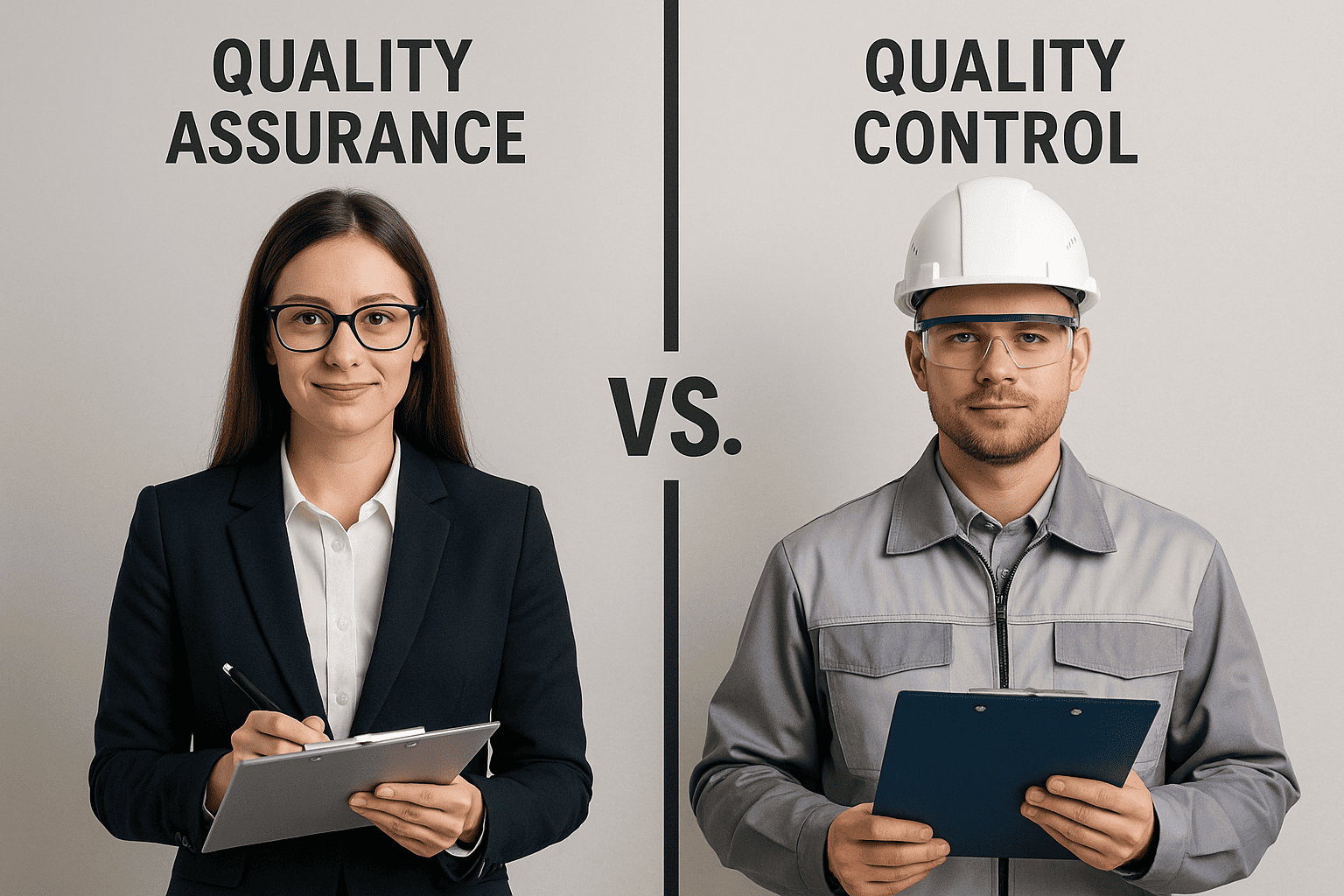

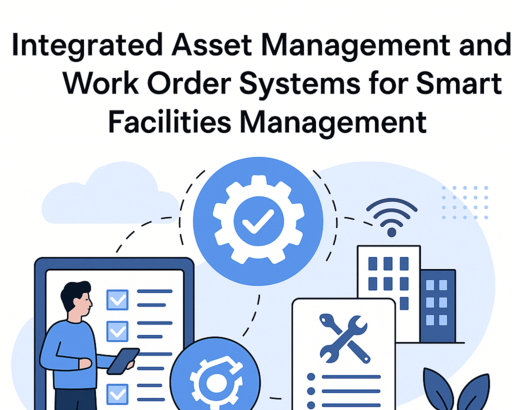
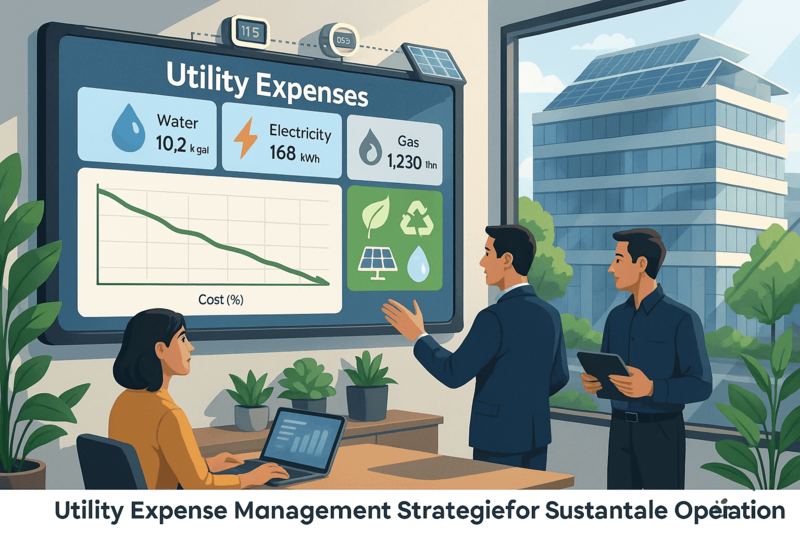



.png)




.png)

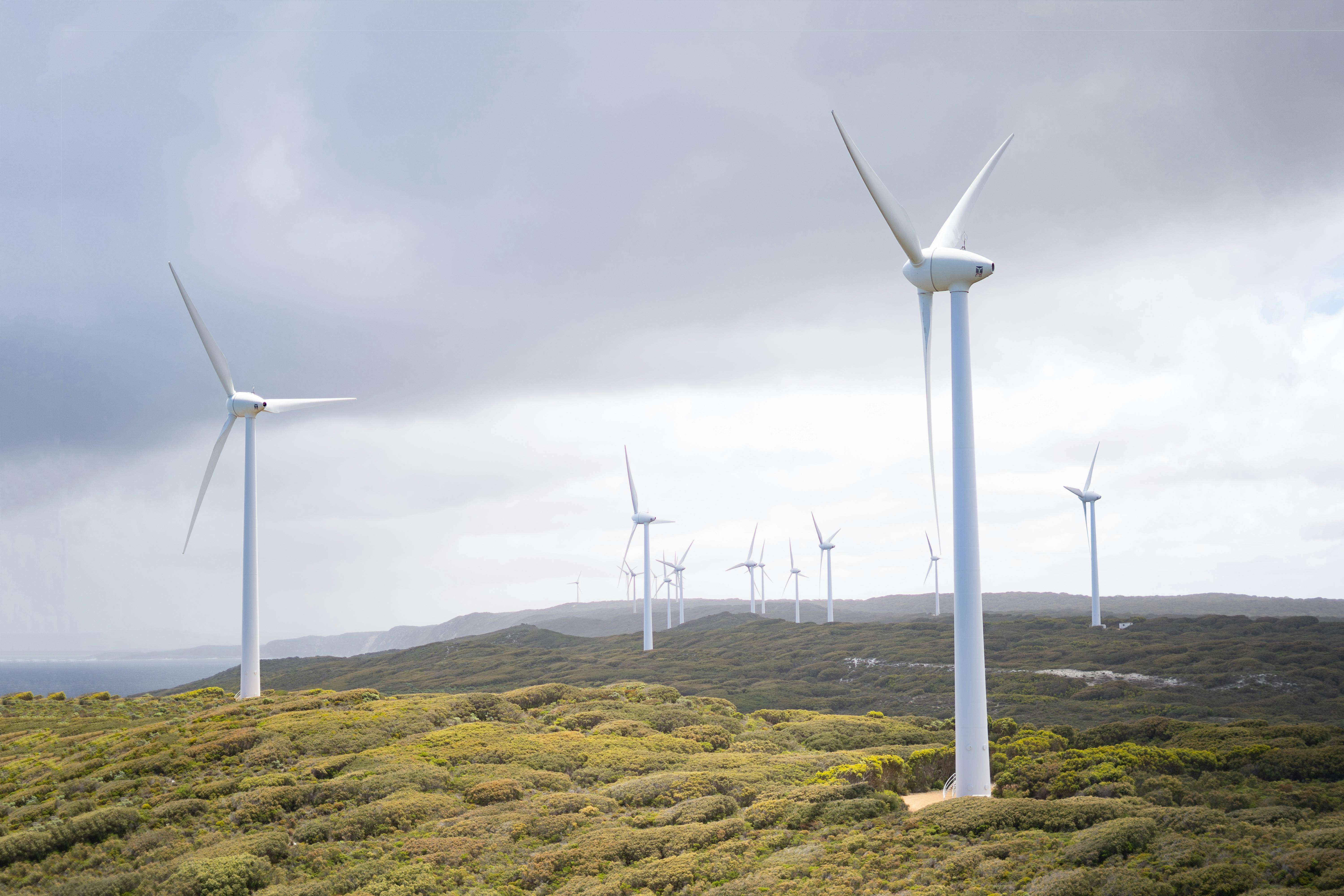














.jpeg)













